
BY GHM STAFF
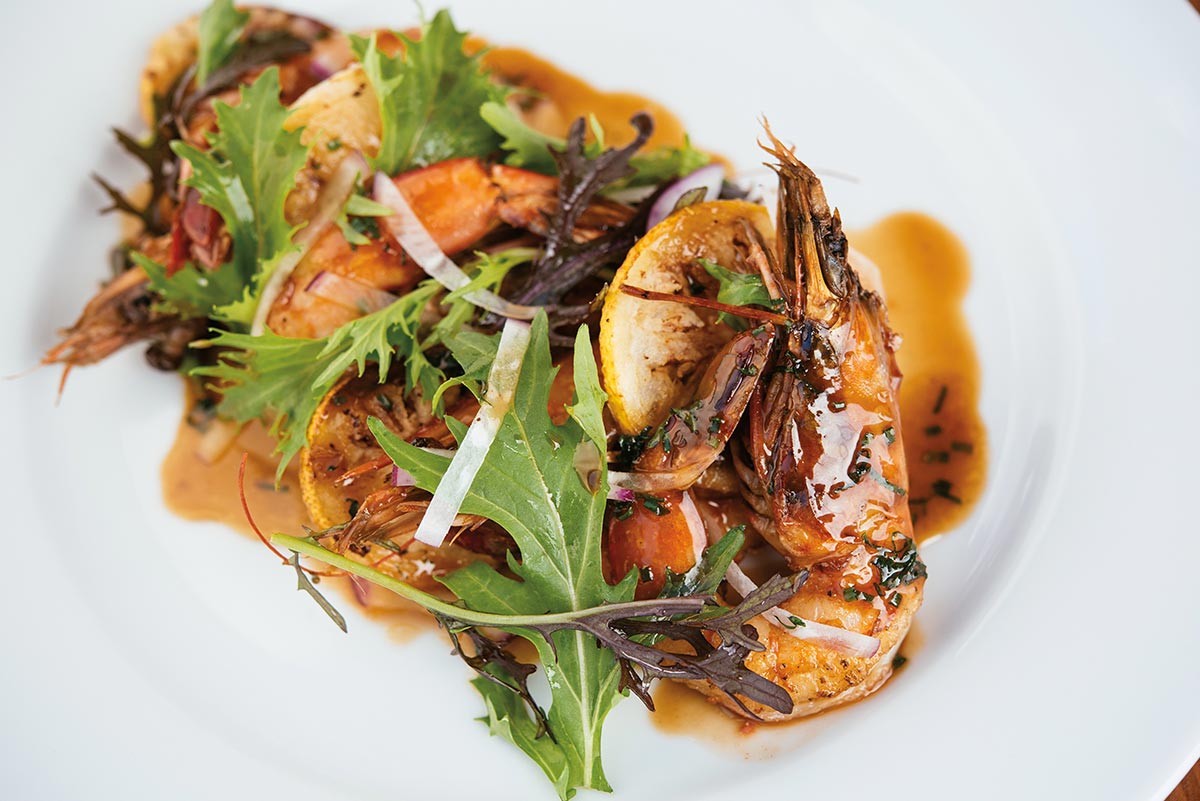
Sherry Glazed Shrimp
Servings: 4
Preparation:
In a large sauce pot, heat canola oil to 325°F. In a large mixing bowl, combine cornstarch, flour, salt and pepper. Toss lemon slices in flour mixture until lightly coated. Fry lemons in canola oil until they turn a pale, golden color and are crisp. Remove from the oil and set aside. In a large sauté pan, heat 1 tablespoon of canola oil over medium heat. Pan must be large enough to hold all of the shrimp in an even layer. Season shrimp with salt and pepper. Add shrimp to sauté pan and cook on one side until shrimp starts to turn pink. Flip shrimp and add the sherry and sherry vinegar. Allow liquid to reduce. Add the Worcestershire, cane syrup and stock to the shrimp. Remove the shrimp from the pan and divide onto four plates evenly. Whisk the butter gently into the Worcestershire mixture to incorporate the butter into the liquid. Pour the sauce over the shrimp and garnish with a few fried lemons and chopped parsley.

Chef Harrell’s creations have been described as “deceptively simple,” in that they pair honest, Southern flavors with a clean, Mediterranean style of cooking. The result is seasonal dishes with incredible flavor. And Harrel knows Southern food. A native of Southeastern Alabama, he spent his childhood weekends on his grandparents’ Gulf Coast farm digging potatoes, picking berries and figs, and then hitting the kitchen with his father to cook it all.
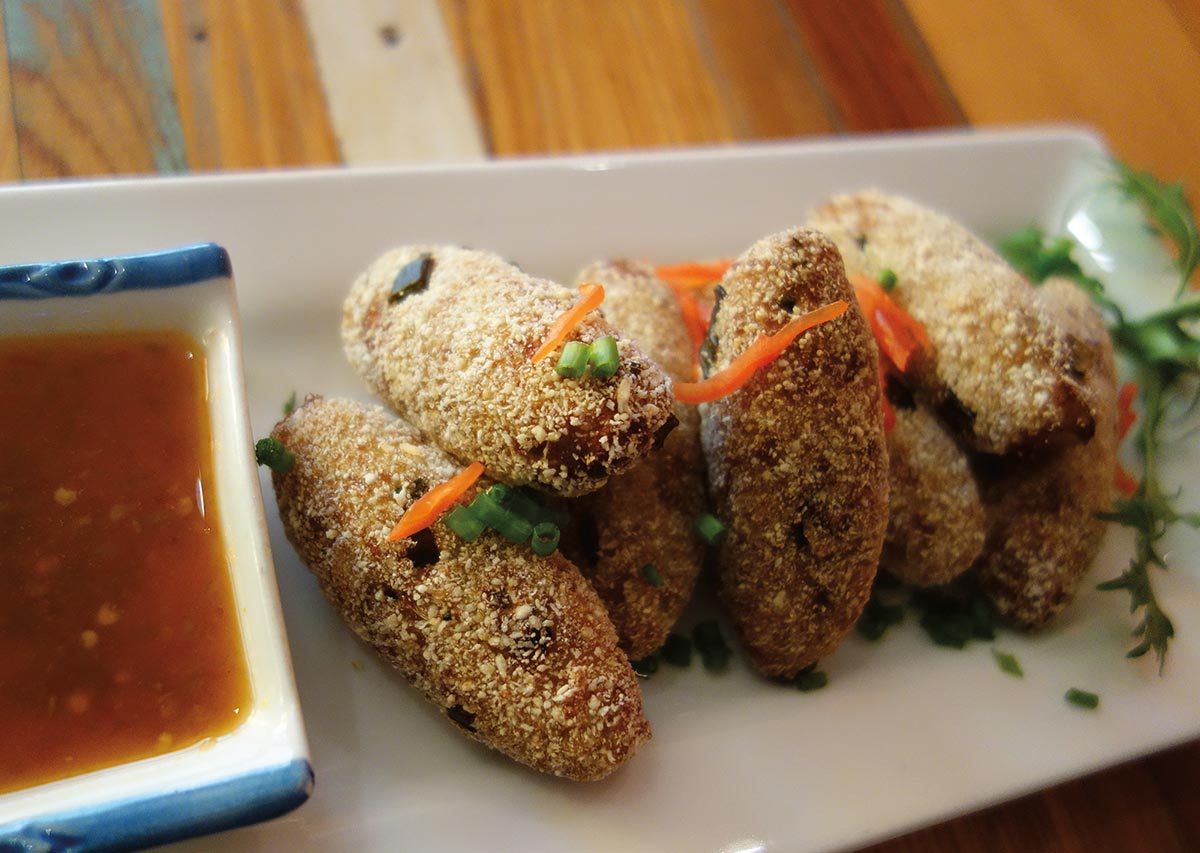
Des Allemands Smoked Catfish Fritters
Servings: 20 fritters
Peanut oil for deep frying
Preparation:
Wash and pat dry the catfish fillets. Cover them evenly and generously with 1/2 cup sea salt and place them in a Pyrex bread loaf dish, layering as needed. Place plastic wrap over dish and apply a 1+-lb. weight to the top, distributing the weight as evenly as possible. Refrigerate for 4–6 hours, then pour any excess liquid out. Sprinkle the remainder of the sea salt on the fillets and refrigerate for another 6–8 hours. After pouring off any excess liquid and patting the fillets dry, they are ready for the smoker. Use a wood that imparts a subtle flavor, such as pecan or alder. Smoking times depend on the device you’re using. A stove-top smoker could take as little as 15 minutes on medium heat, while a vertical charcoal smoker could take up to an hour or more. Make sure the fish is cooked thoroughly, and firm to the touch. When done, brown the garlic in olive oil and add (including the oil) to the mashed potatoes. Flake the fish into very small pieces and fold it into the mixture, along with the other ingredients. Taste for salt and adjust as needed. The consistency should be thick enough that it stands up on its own, without spreading out. Next, using a tablespoon, form into 2-oz. elongated, football-shaped portions (about 3 in. long) and dust with cassava or cornmeal. Deep fry at 360° F for approximately 3 minutes.
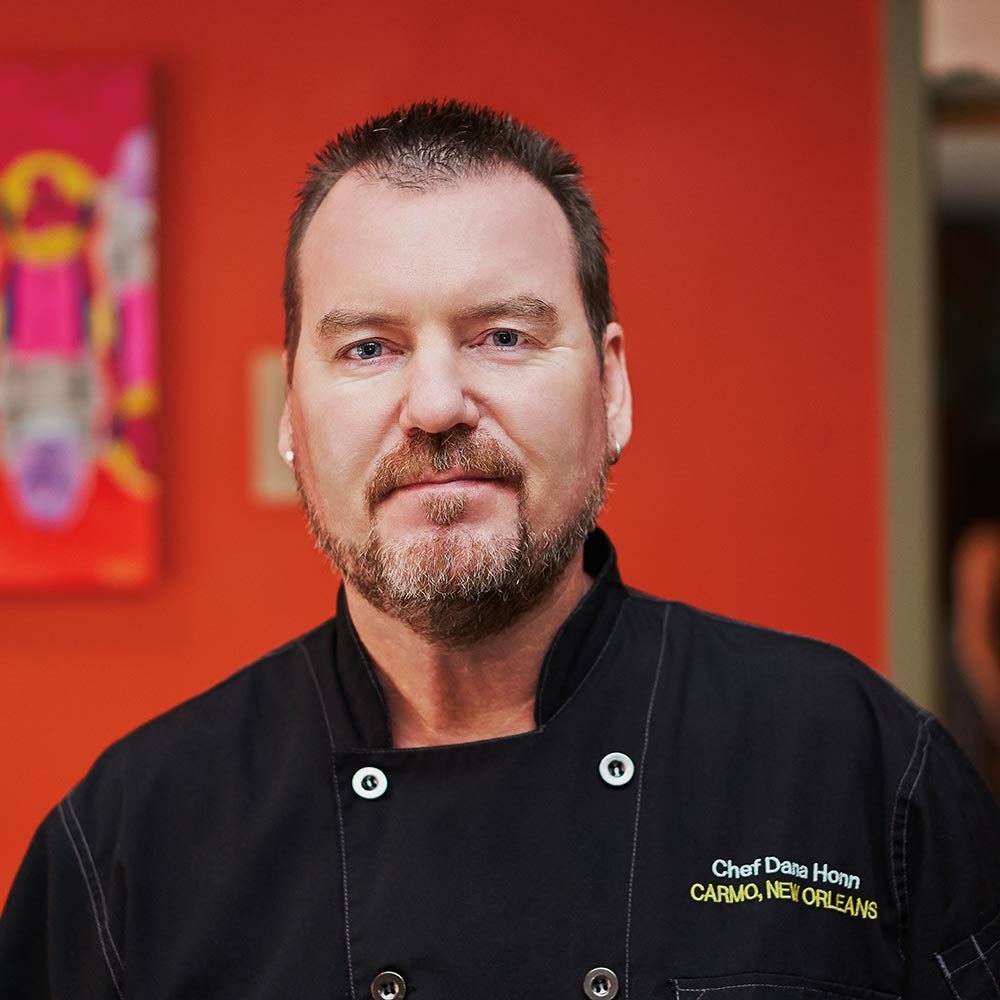
Chef Honn is inspired by and committed to New Orleans and believes that “this city invites us to see beyond convention, through a looking glass of history and tradition to find those things which are superbly unique, it’s a conduit for creativity, originality and coincidence. I guess that has some relevance as far as what excites me most as a cook, discovering the essence of a recipe, taking it back to its origins, reinterpreting and eventually presenting it on a plate at Carmo, hopefully to the delight of our diners.”
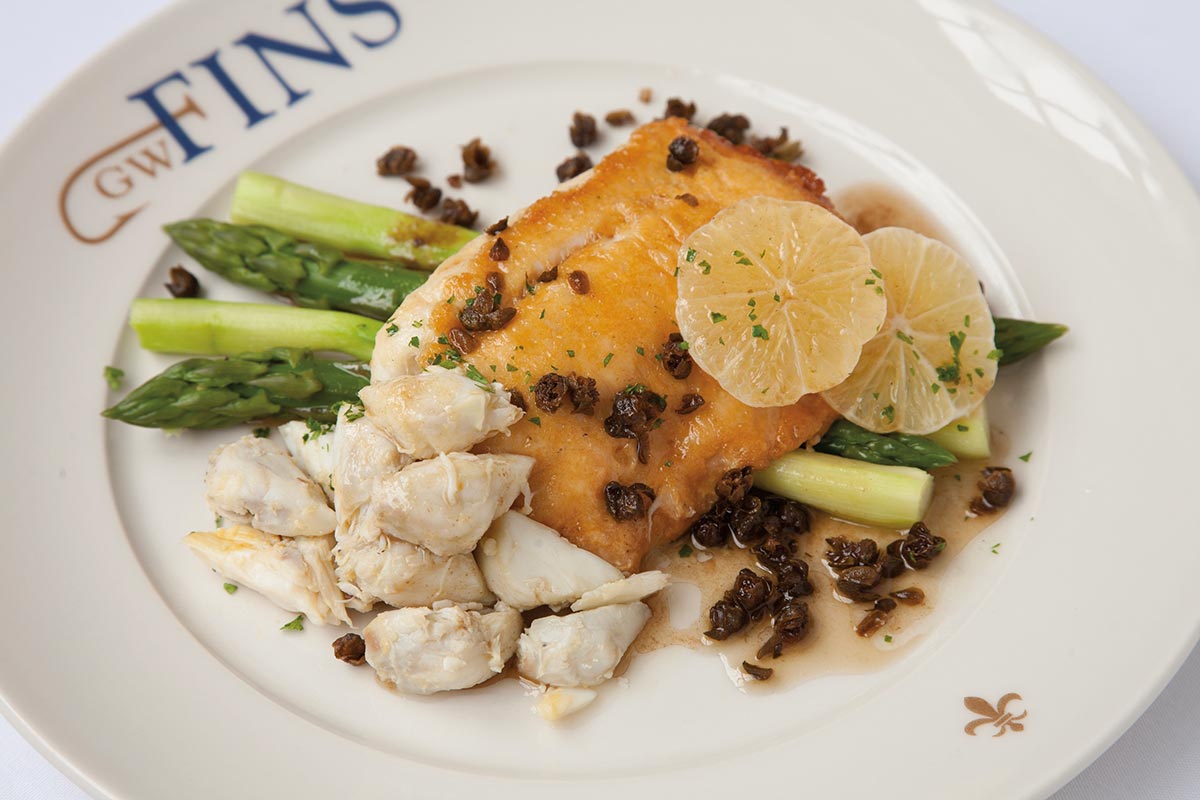
GW Fins Parmesan Crusted Flounder Meuniere
Servings: 4
Vegetable oil spray
Salt and pepper
Preparation:
Fry the capers in about 2 tablespoons olive oil on medium high heat, until crispy. Drain well. Cook the asparagus in salted, boiling water for 3 minutes and shock in iced water. Season filets lightly with salt and pepper. Spray filets with vegetable spray and dredge liberally in bra ted Parmesan cheese. Preheat two large cast iron skillets. Add a tablespoon each of oil and butter. Place the flounder, cheese side down in the skillets. Cook on medium heat for 3 minutes and don’t turn until a golden brown crust forms. You can use a spatula to lift the edge to check if it is brown. Turn and continue cooking for an additional 3 minutes. Transfer to 2 pie tins or baking sheet and put it in the oven at 250°. Drain the oil from the skillet and place it back on the fire on medium to high heat and add the 2 tablespoons of whole butter. Stir until butter browns and foams, being careful not to let it burn. Add the parsley and crabmeat and remove from the heat.Heat the asparagus and divide it onto four heated entrée plates. Place the flounder on top of the asparagus spears, sprinkle with the fried capers and spoon the brown butter over the fish.
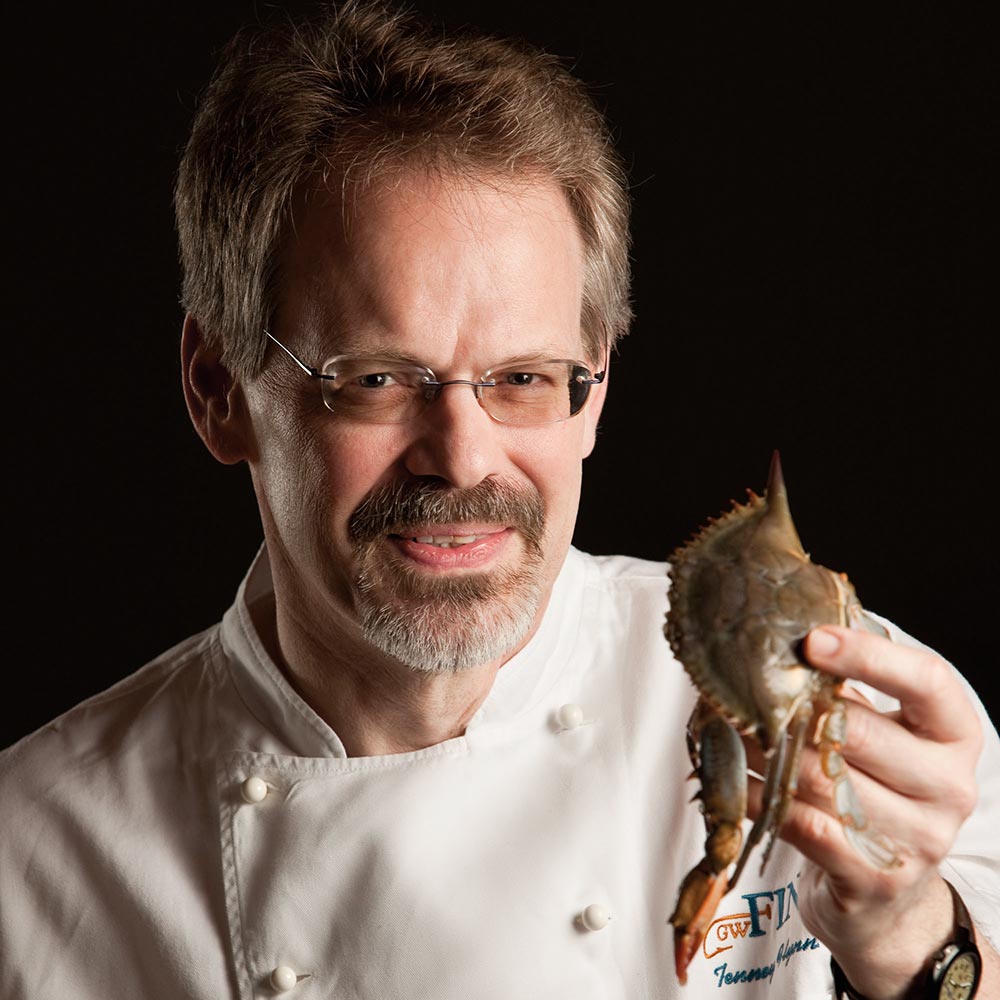
Since launching GW Fins more than a decade ago, Chef Flynn has developed a reputation as one of the most knowledgeable and discriminating seafood chefs in the country. Chef Flynn is a master of his craft, but one who is completely unassuming. That is, until you ask him about seafood. Then his wealth of knowledge and passion about seafood is unmistakable. A seafood icon, asked to judge national seafood competitions and provide cooking demonstrations for fellow chefs and consumers, Chef Flynn has become a national celebrity for his weekly cooking segments on the syndicated fishing show, The Big Fish.

Redfish on the Half Shell
Servings: 1
Lemon Beurre Blanc
Servings: 8
Kosher salt and white pepper to taste
Lightly sauté shallot in oil. Add the lemons, thyme, peppercorns, bay leaf and white wine. Reduce by one-third. Add the cream and reduce by half. Add the butter, piece by piece, stirring to incorporate after each addition. Season to taste with salt and white pepper. Strain through a China cap before serving.
Preparation:
Brush the flesh side of the redfish with olive oil and season well with kosher salt and black pepper. Place the fillets on a hot grill, scale side down, for 5 minutes, or until the skin is seared. Remove the fish from the grill and place it in a broiler set at 350° F for 3–5 minutes. Toss the red onion and frisée with the balsamic vinegar. Top the redfish with the warm onion salad. Serve with the creamer potatoes and a small dish of warm lemon beurre blanc.
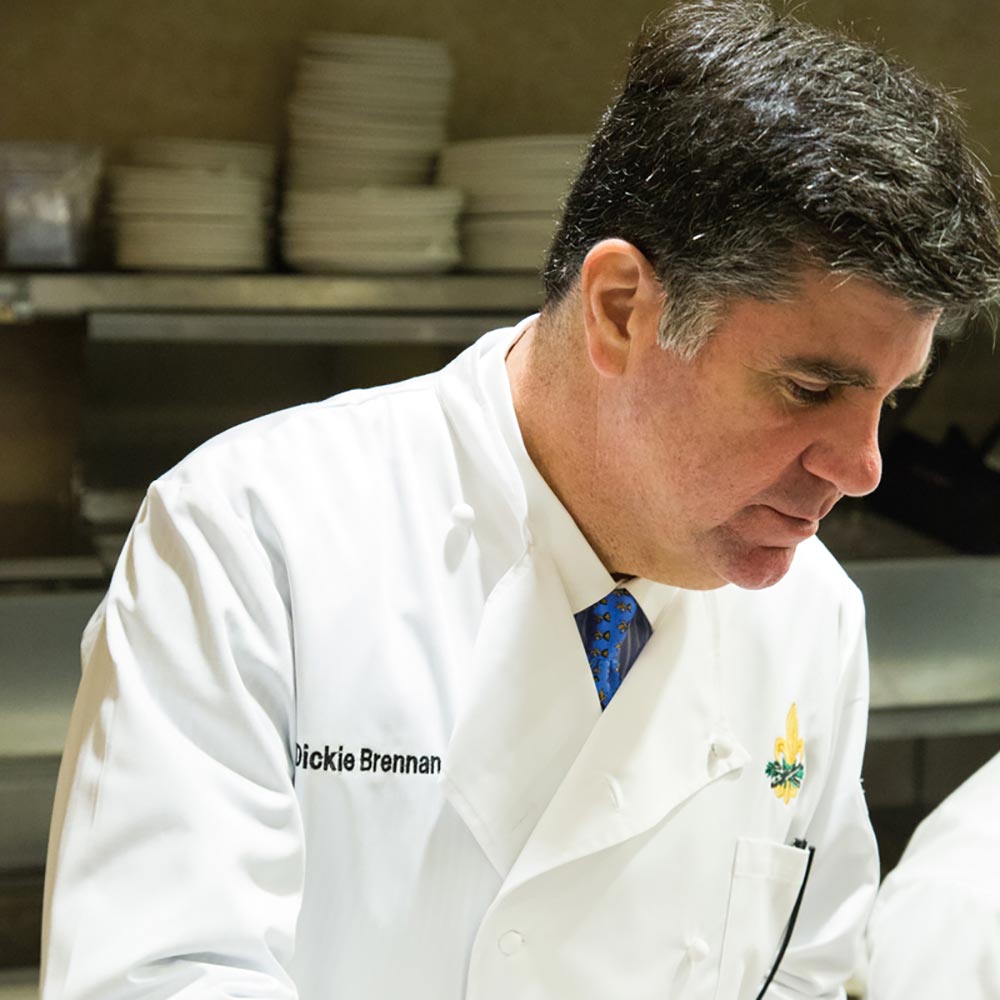
A mainstay of French Quarter dining, the seafood delivered by Dickie Brennan and his culinary team is local and always fresh. A true taste of New Orleans, the restaurant serves up classic Creole dishes along with a selection of more contemporary fare.

Shrimp, Blue Crab and Avocado Stack
Servings: 6
Herb Oil
Salt & white pepper to taste
Place all ingredients in a blender.
Spicy Tomato Couli
Salt & pepper to taste
Place all ingredients in a blender.
Chunky Avocado Guacamole
Salt & white pepper to taste
Fold all ingredients in bowl
Blue Crab Salad
Salt & white pepper to taste
Preperation
In a small bowl, using a thin wire whisk, blend the egg yolks, chives, garlic and lemon juice. Once well blended, whisk vigorously while streaming in the olive oil, creating a well emulsified aioli. Fold in the lump crabmeat and season to taste.
Assembly:
6 Tail-on, peeled and de-veined grilled jumbo shrimp
12 Chive stems
Chunky Avocado Guacamole
Blue Crab Salad
Spicy Tomato Coulis
Herb Oil
Place a 2-1/2” wide by 1” tall ring mold on the center of a dinner plate. Fill with 3 tbsp. of Chunky Avocado Guacamole in the ring mold, and lightly press with a spoon, creating a leveled layer. Next add 3 tbsp. of Blue Crab Salad on top of the Chunky Avocado Guacamole and press lightly with a spoon. Layer an additional 3 tbsp. of Chunky Avocado Guacamole on top of Blue Crab Salad and lightly press with a spoon, leveling with the top of the ring mold. Remove the ring mold and spoon 2 tbsp. of Spicy Tomato Coulis in a circle around the molded ingredients. Next, drizzle dollops of Herb Oil around the Spicy Tomato Coulis and place a grilled jumbo shrimp on top of the molded ingredients and garnish with the chive stems.

Criollo Restaurant, located in the heart of the French Quarter, features a menu that highlights the blended flavors and cultures of New Orleans. Led by Chef de Cuisine Joseph Maynard, Criollo’s dishes are infused with the traditional Creole flavors of French, Spanish, Italian, Caribbean and African with new spices to create dishes in the style it calls Louisiana Fusion.

A new program begun last year in Louisiana allows participating restaurants to cook fresh fish brought in by anglers. Dubbed the Catch and Cook Program, it means fishermen who spend a day on the water can have their catch prepared by a local restaurant chef and enjoy it with friends and family. For visitors, it’s the perfect way to get the most out of your fishing trip without transporting a cooler full of fish back home.
The angler must bring the fish already cleaned, filleted, refrigerated and in a zip-top (or similar) bag. The bag must be labeled with the angler’s name, date and time the fish was caught. If fishing with a local guide, this preparation is usually provided as part of the fish cleaning service. Once the restaurant receives the fish, they must prepare and serve it within four hours—just enough time to drop off your fish, get cleaned up and meet back with your group for an incredibly fresh seafood dinner.
The program is still growing, but already more than a dozen restaurants in the New Orleans area offer the Catch and Cook option, and another dozen establishments in other parts of the state participate as well. For a list of participating restaurants, visit www.fishla.org/catch-and-cook.

Baby Maker Oyster Poor Boy
Servings: 1
10-in loaf French Bread
Vegetable or peanut oil
Seasoned flour
Shredded lettuce
Dill pickle chips
Mayonnaise
Sliced cheddar Cheese
Remoulade Sauce
Remoulade Sauce Preparation:
Juice from 1 squeezed lemon
Preparation:
Begin by splitting the French bread and lightly toasting it in the oven. Dredge oysters in seasoned flour and deep fry in vegetable or peanut oil until golden brown. Remove and drain over paper towels. Place bacon on a flat grill or pan and cook over medium heat until it reaches a light crisp. Remove and drain. On one half of the French loaf, place a layer of oysters, top with shredded or sliced cheddar cheese, and melt under a broiler or salamander. Once melted, remove and drizzle with remoulade sauce. Dress the other side of the loaf with mayo, shredded lettuce, sliced tomato and pickles. Top with bacon strips and fold the sandwich closed to eat.

The po-boy, more properly called “the poor boy,” is a New Orleans staple, and Parkway Bakery and Tavern has been serving it up since 1929. A neighborhood place that first opened in 1911, Parkway spent decades selling sandwiches to the workers of the nearby American Can Company, operating 24 hours a day to feed workers on every shift. Though the neighborhood has changed, Parkway is still selling this working man’s sandwich.
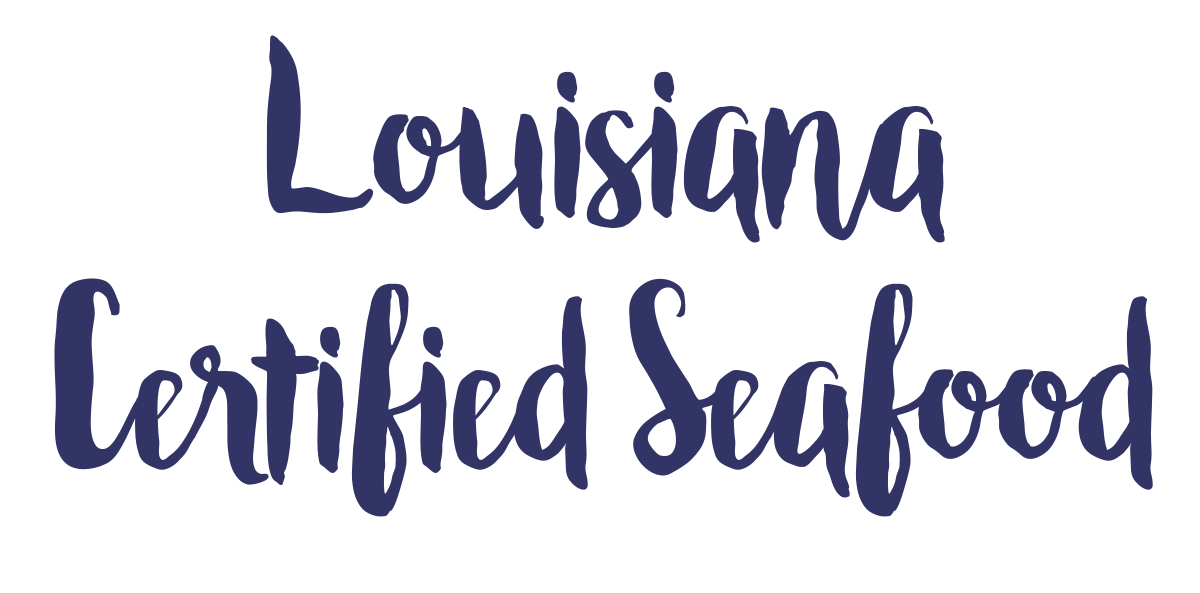
Savvy diners know that just because a restaurant is located near the water doesn’t mean the seafood they serve is local or fresh. In many cases, the contents of a shrimp cocktail have come from a farm in Asia, not from the water you can see from your dockside table.
To counter this trend and promote sustainable seafood practices, consumers can look for (and ask for) Certified Louisiana Seafood. The label means the product in question was caught in the Gulf of Mexico or Louisiana coastal or inland waters by a licensed Louisiana fisherman, landed at a Louisiana dock, and processed and packaged by a Louisiana-based company.
The program provides additional education for docks and processors on best practices for safe seafood handling and seafood sanitation guidelines. There are also strict chain-of-custody requirements that provide traceability to ensure that seafood with the Certified logo is really a product of Louisiana waters. Best of all, it means the money you’re spending on seafood is going to support a sustainable and well-managed fishery.
www.louisianacertifiedseafood.com
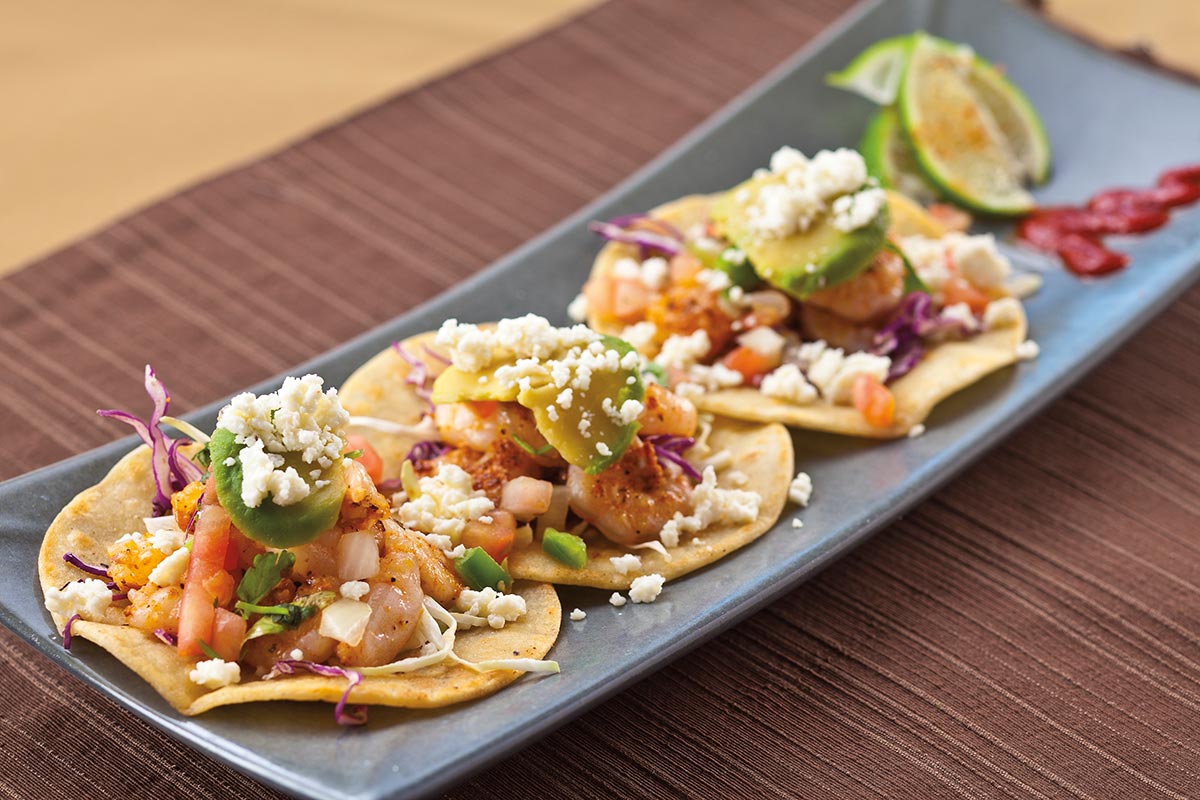
Louisiana Gulf Shrimp Tacos
Servings: 4
Gulf Shrimp
Salsa
Quarter bunch cilantro leaves (chopped)
Salt & pepper to Taste
Garnish
Quarter bunch cilantro leaves
Juice from 1 squeezed lemon
Preparation:
In a mixing bowl place the shrimp and coat with seasoning on all sides; let sit about 5 minutes to dry. In separate bowl, mix salsa ingredients and set aside. Heat a skillet over medium heat, toast the tortilla shells and place on plate. In the same skillet, add oil and sauté the shrimp until done; place evenly in center of tortillas . Add cabbage to sauté pan and lightly toss to warm, then place over the shrimp. Spoon salsa over the cabbage. Slice avocado into long slices and place over the salsa to garnish. Crumble ricotta salt over the top of entire dish. A few sprigs of cilantro may be used as garnish. Add a little sriracha to the plate to spice it up, and a few lime wedges for a citrus bite to finish it off. Enjoy!
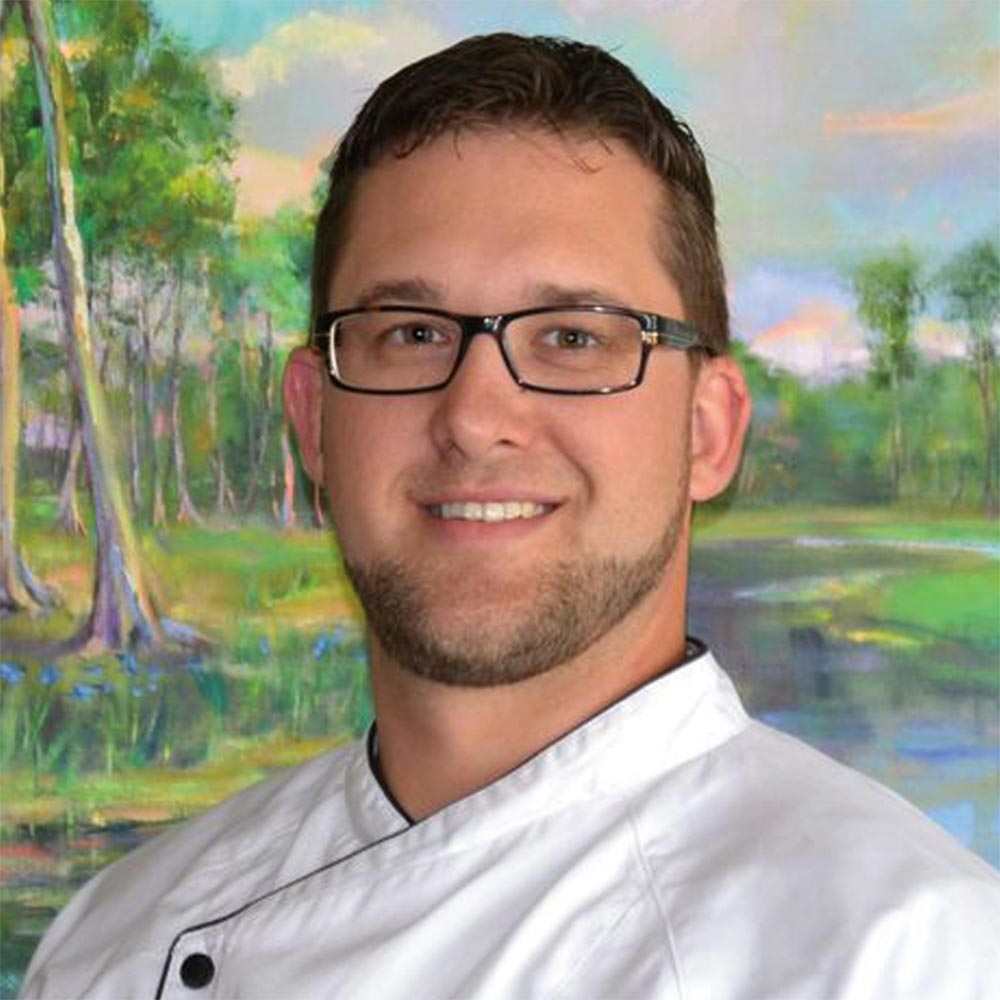
If you like your food with a bit of sport, that is with serious golf, then TPC Louisiana is the place to mix the two. The PGA-quality course hosts tour events and is open to both members and guests, and its restaurant delivers top-shelf New Orleans cuisine from chef Ryan Gall.